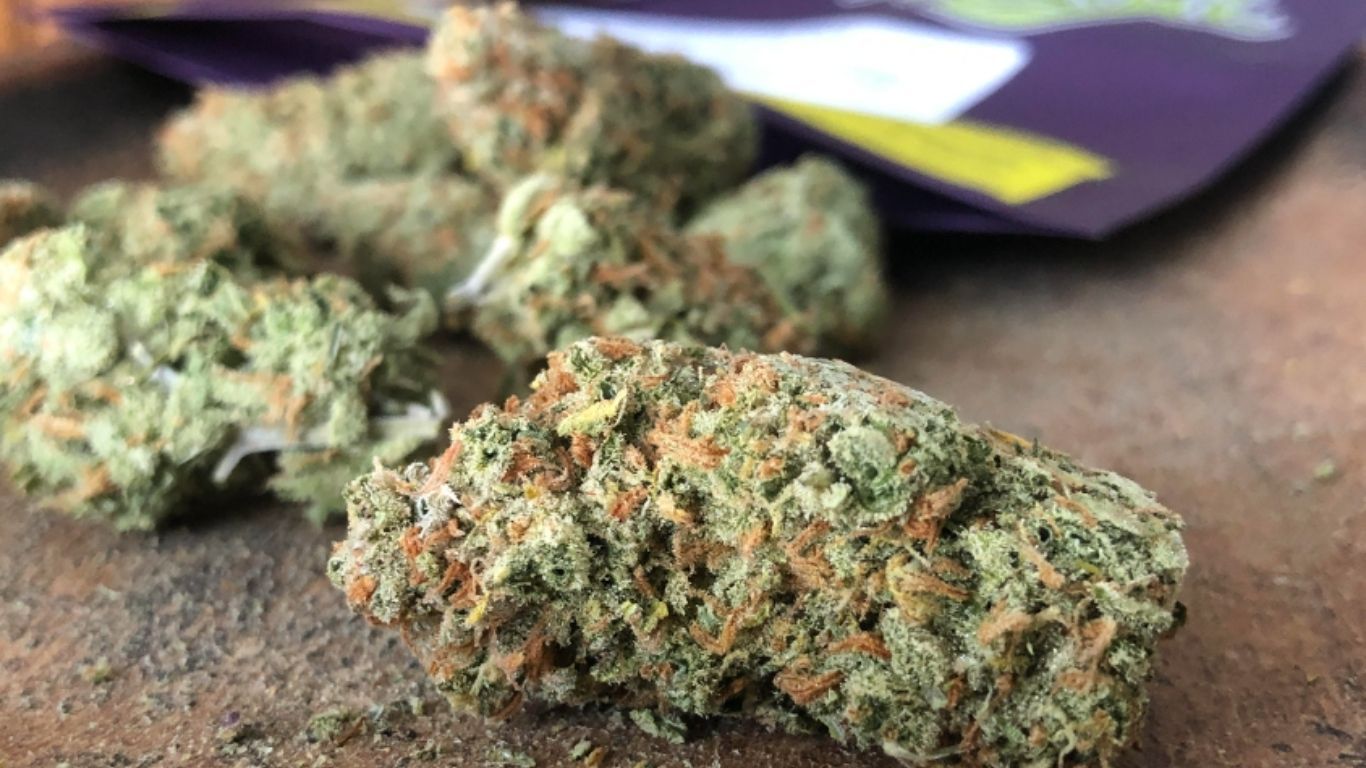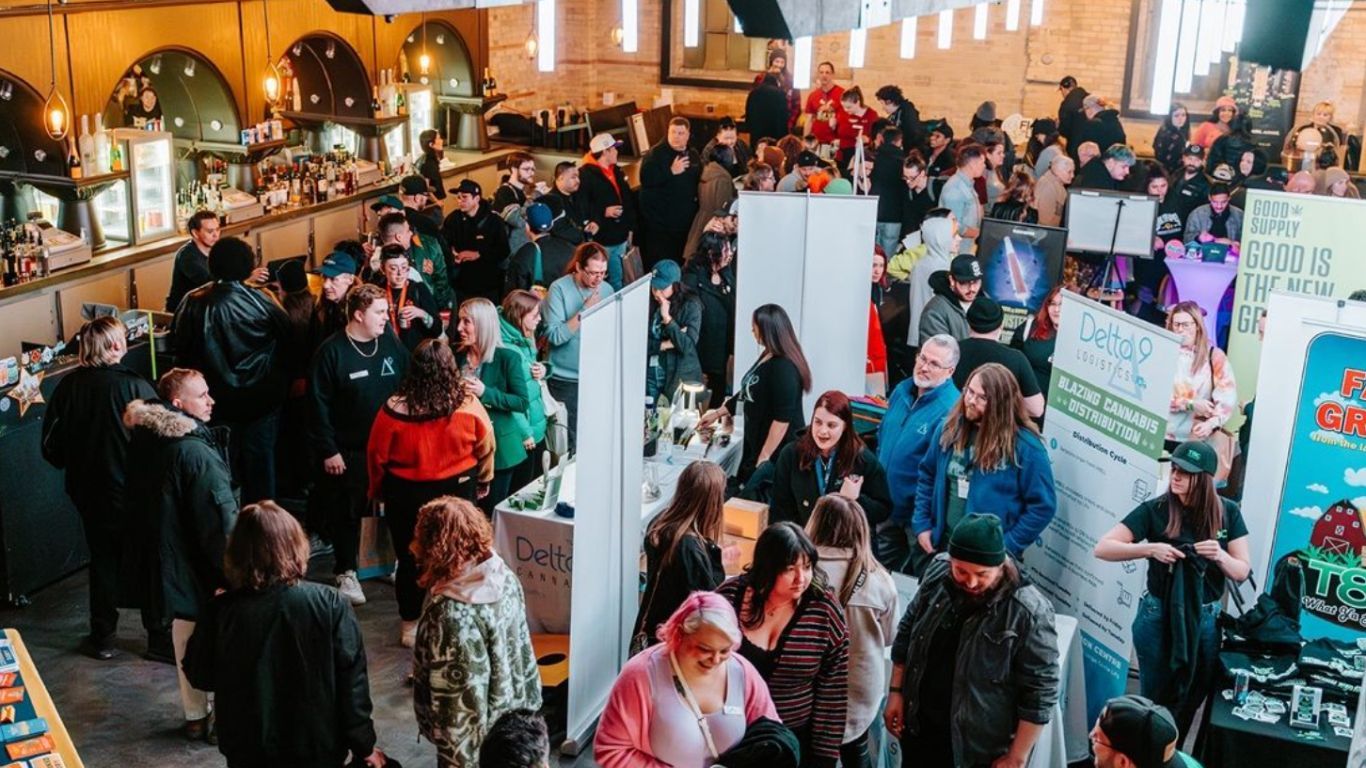
If Alberta is the wild west, Ontario a bureaucratic capital, and the Maritimes smooth sailing for cannabis retail sales, Québec’s approach is decidedly Québec.
This piece, the latest in a series for Stratcann examining provincial cannabis retail regimes across the country, examines Québec’s approach to cannabis legalization and legalization 2.0, statistics and sales figures for the province, the cannabis retail store count and the illicit market, and how COVID-19 impacted operations.
Cannabis Legalization: A multi-party, yet ultimately prohibited affair
Prior to cannabis legalization, the Québec Liberal Party led the province with a majority government and opted to create the Société Québecoise du cannabis (SQDC) to be responsible for all retail cannabis distribution and sales throughout the province. The SQDC would serve, and today does, as an offshoot of the Société des alcools du Québec (SAQ), the provincial entity responsible for distribution and sales of alcohol. The government had also decided to set a minimum age of consumption and sale of cannabis at 18 years old and to allow municipalities to determine public consumption policies.
“They had come to what I thought was a fairly reasonable model,” said Caroline Lavoie, a public affairs consultant in Montréal Québec. While the government was not happy about having to deal with the new cannabis reality and although they would “come around to it” after provincial consultations and polling, the model was short lived, she said.
The Coalition Avenir Québec (CAQ) was elected with a majority government, weeks before cannabis legalization, with a mandate to raise the age of legal consumption to 21, as well as to prohibit cannabis consumption in public. The age of consumption was quickly raised, but the CAQ eventually abandoned what was seen as an unenforceable total public consumption ban, and opted to allow municipalities to adopt bylaws permitting cannabis consumption in public spaces where no children are present.
“A lot of experts questioned that approach to say the least, but in the end for the CAQ government, it was about sending a signal, that cannabis is dangerous, that youth should stay away from it, and that the government wasn’t going to endorse cannabis basically.”
Caroline Lavoie, Public Affairs Consultant, Montreal
While many experts questioned why 21 was the age decided upon, Lavoie said the main principle was to protect youth and that it was based upon the idea that brain development takes place up to the age of 25.
“In that regard, 21 is sort of smack in the middle there where it was at 18 before, same age as cigarettes, alcohol, et cetera,” she said. “A lot of experts questioned that approach to say the least, but in the end for the CAQ government, it was about sending a signal, that cannabis is dangerous, that youth should stay away from it, and that the government wasn’t going to endorse cannabis basically.”
This reality was something the SQDC would have to adapt to, which thanks to their close association and ability to leverage the institutional knowledge of the SAQ, would be easy to do, according to Lavoie.
“Hopefully it will be revised in light of evidence. It is concerning that that age group is being sent to the black market.”
Caroline Lavoie, Public Affairs Consultant, Montreal
“They really are on the ball when it comes to alcohol, they really have marketing down, know their market, bring in $1.2 billion last year as a dividend to the government, net profit, you trust them to do the same with SQDC, except that the goal isn’t to have a for-profit model,” she said. “I really trust the SQDC to do a good job within the framework that they have.”
The issue however with raising the age of consumption from 18 to 21, which Lavoie estimates represented roughly 10 percent of sales, was relegating that age group to the black market.
“That was very much mentioned during the short consultations that the CAQ had, in media, and in the general conversation as well. That is unfortunate,” she said, questioning why that argument didn’t carry more weight. “You’d think that it’s better if you’re going to consume [to] know the potency of your product and that there is no dangerous additives or anything in there.”
Ultimately though, the CAQ “wanted to send a signal and keep its promise” and raised the age of consumption, but Lavoie expressed hope the age may be lowered in the future because the minister of public health said the decision could be revised.
“Hopefully it will be revised in light of evidence. It is concerning that that age group is being sent to the black market.”
Legalization 2.0: Further prohibitions mount
When Legalization 2.0 rolled out in Québec there were regulations prohibiting certain types of cannabis and products.
While Legalization 2.0 brought with it the addition of cannabis edibles, topicals, and extracts into the fold, Québec today only sells beverages, extracts, and concentrates including hash, oils and oral sprays, while prohibiting sweets and dessert edibles, topicals, and vape concentrates.
“Québec has opted for tighter supervision of these [legalization 2.0] products, prohibiting in particular the sale of sweets, confectionery and desserts (including chocolate), as well as products topicals and concentrates for vaping. This framing additional support for the part of our mandate that is not to encourage the use of cannabis,” reads the President’s Message from the SQDC administration board from the 2021-2023 Strategic plan.
“Vapes had a bit of a bad timing issue,” said Lavoie referencing the then health crisis in the United States of America regarding e-cigarette and vape products which was occurring at the same time the Québec government was ruminating what products should be allowed for sale.
“It was all happening at the same time [and] if you’re already in an environment that is really risk averse, that’s a good reason to say ‘let’s wait on this’, so they did. Right now, people who want to vape cannabis are sort of out of options, except for the black market.”
Lavoie mused that Québec may have opted to prohibit the sale of vape products due to a lack of an existing underground market compared to Ontario for example. “It’s hard to quantify what difference it makes, but it’s something to bear in mind. Maybe they are slightly harder to find.”
The prohibitions, like all that have occurred in Québec surrounding cannabis, are because public health was at the forefront of the model, which even today is reflected with low prices and the non-private retail and not-for-profit model, says Lavoie.
“It’s not a perfect public health oriented [model] because…what about the 21 years old issue?” she questioned. “The main approach, and they kept at it like when edibles rolled around, they decided that there would be no topicals in SQDC, because that is not present on the black market currently to a significant extent, and they decided not to create a new market.”
“With sales equivalent to 47 tonnes of cannabis, the SQDC has succeeded, after only 18 months of existence, in converting [more than 30%] of the illicit market.”
SDQC 2020 Annual Report
“So they really restricted the number of and the type of products you could have as edibles and they did not authorize topicals yet, and… vapes.”
Dried cannabis and cannabis extracts are not allowed to contain anything substance intended to modify the odour, taste or colour of the product, nothing other than THC can be added to a product to strengthen its intoxicating effects, the THC concentration present must not exceed 30%, edible cannabis products in solid form can only contain a maximum of 5mg of THC per distinguishable portion unit and cannabis beverages can’t contain more than 5mg of THC per container.
Stats and Sales
The SQDC achieved net sales of 311.6 million dollars 2019-2020, representing an increase of 337% from 2018-2019, supported by the rollout of more physical stores and same-day-delivery processing, according to the 2020 Annual Report.
“With sales equivalent to 47 tonnes of cannabis, the SQDC has succeeded, after only 18 months of existence, in converting [more than 30%] of the illicit market,” the report reads. “The company has a surplus of 26.3 million, which surpasses the budget target by almost 30% set at 20.6 million.”
The total amount of money transferred to the province, taking into account excise duties and consumption taxes is more than 90 million dollars.
The SQDC at the time of the report’s release had then hired 695 employees and provided roughly 12,500 hours of training, secured 13 contacts with active cannabis suppliers to provide 200 products, processed 7.75 million total transactions (7.39 million transactions conducted at a retail store and 355,000 transactions processed online), delivered 355,000 packages, and sold 47 tonnes of cannabis products, with 40% of it being produced in Québec. The SQDC website processed cannabis orders totalling 4 million grams and today averages roughly 600,000 monthly visits.
Dried flower represented 287,976 sales totalling 43,005kg, while other products (oils, atomizers, etc) represented 23,596 sales totalling 3,858kg, for total sales of 311,572 and 46,863kg.
When asked specifically what products were selling well, Fabrice Giguère, a spokesperson for the SQDC commented that the SQDC doesn’t “communicate on specifics unfortunately for business confidentiality purposes.”
“We are aiming to have in operation about 100 stores within the next three years.”
Fabrice Giguère, SDQC
“Beyond the enviable results, I am more than happy particularly that the SQDC has accomplished all this by offering products at prices that compete with those on the illicit market, while respecting its mission to ensure the sale of cannabis from a health protection perspective,” the report cited SQDC president and CEO Jean-Francois Bergeron as saying. “Each [of] the Company’s decision[s] was guided by the accomplishment of its mission, and each action, through the values that drive the company, i.e. responsibility, simplicity, proximity and overtaking.”
Store Count and the illicit market
Québec currently has 45 retail cannabis stores, online order and delivery throughout the province, and a target of 100 retail stores operating within the next three years.
“We are aiming to have in operation about 100 stores within the next three years,” said Giguère. “So we’re still growing.”
“We are going to need more stores if we’re going to stomp out the black market.”
Caroline Lavoie, Public Affairs Consultant, Montreal
Québec will need more stores to overtake the existing illicit market, according to Lavoie.
“With a population of eight and a half million and forty five stores, that puts us on the same store number as Saskatchewan, with only slightly over 1 million people,” Lavoie said. “We are going to need more stores if we’re going to stomp out the black market.”
The SQDC has adopted a “slow and steady wins the race” approach to cannabis legalization, says Lavoie. “First of all, they’re aiming for a 70% take over the black market by 2023, so they’re being pretty realistic about taking it over entirely.”
“That’s where the SAQ experience comes into play. They have decades of experience listening to consumers, they know what their consumers want. They might have to adapt to a specific policy context, but…they’re listening.”
Fabrice Giguère, SDQC
While it may look like Québec is trailing behind, Lavoie noted that on day one of legalization there were only 12 stores open, and supply agreements that the SQDC had in place resulted in product shortages, which although they caused “suffering” were “manageable”.
“You look at other provinces that didn’t have stores for a long time and they really did suffer from those supply shortages,” said Lavoie. “That allowed the SQDC to slowly build itself up and turn a profit, for the first year of operations. That’s not insignificant, it was a small profit, but it was there nonetheless, and that kept increasing.”
Recently the SAQ implemented same day delivery as a pilot project in Montreal with the aim of expansion, which Lavoie says is a good idea. “They’re very aware that a small number of stores isn’t quite going to cut it, but I think they’re just trying to put everything in place in a coordinated fashion, to get it to a good place.”
“That’s where the SAQ experience comes into play. They have decades of experience listening to consumers, they know what their consumers want. They might have to adapt to a specific policy context, but…they’re listening.”
COVID-19
In Québec, the government imposed a shutdown of all non-core economic activity at the outset of COVID-19, but the SQDC was among the businesses identified by the government allowed to remain open.
Accordingly, the SQDC implemented hygiene and physical distancing measures, as well as traffic controls at store entrances, emphasizing cashless transactions, and installing plexiglass panels in front of employees and customers at points-of-sale.
“After witnessing an increase in sales in the first months of the pandemic, sales volumes are now back to normal,” said Giguère.












